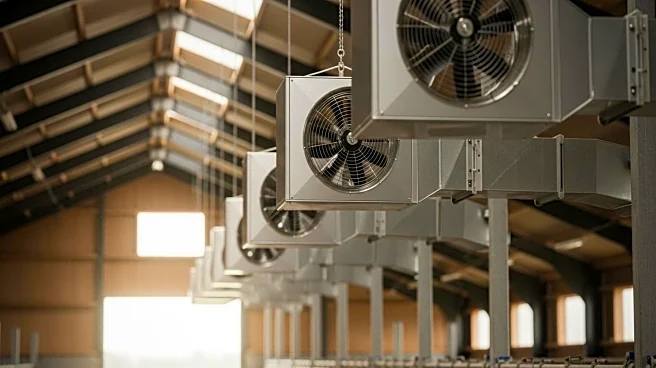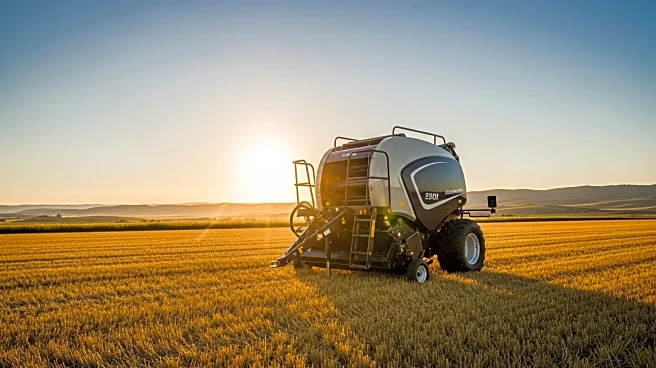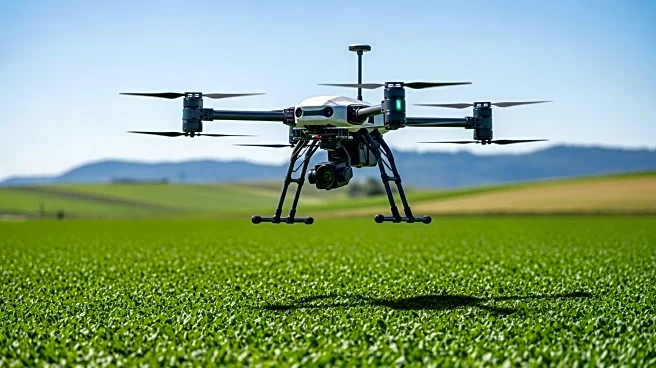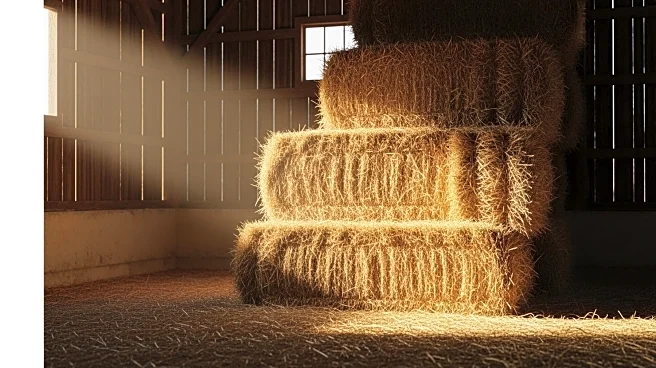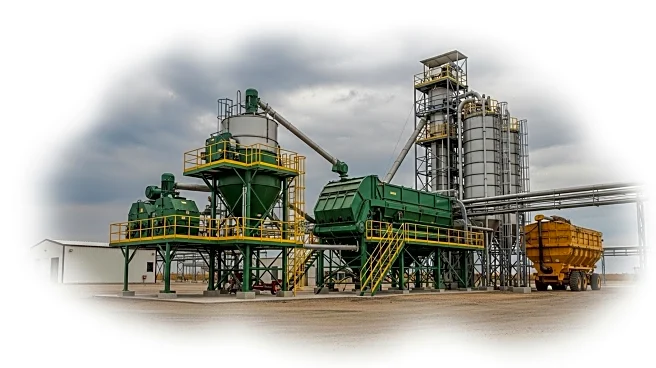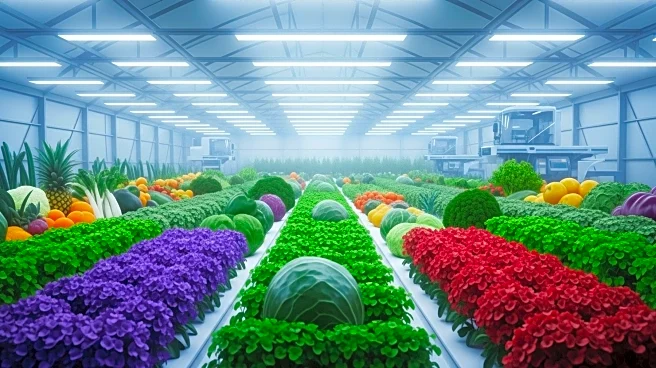What's Happening?
Recent discussions in the agricultural sector have highlighted the importance of proper ventilation in dairy barns to ensure cow comfort and optimize production. Experts emphasize that ventilation is not merely about turning on fans but involves ensuring airflow reaches cows at their level. Jennifer Van Os, an assistant professor and Extension specialist for animal welfare at the University of Wisconsin-Madison, stresses the need for cycling fresh air into barns throughout the year. Kirk Brincks, former vice president of sales and marketing for J&D Manufacturing, notes that understanding the temperature and humidity index (THI) is crucial for maintaining optimal ventilation. Proper ventilation can prevent heat stress and improve milk production, while inadequate ventilation in cold weather can lead to poor air quality and increased risk of pneumonia.
Why It's Important?
The significance of proper dairy barn ventilation extends beyond cow comfort; it directly impacts milk production and overall herd health. By maintaining optimal airflow, farmers can prevent heat stress, which can negatively affect milk yield. Additionally, good ventilation reduces the risk of respiratory issues during colder months, thereby safeguarding animal welfare. The industry is increasingly recognizing the role of THI in determining ventilation needs, which can lead to more precise and effective management practices. This focus on ventilation is crucial for dairy farmers aiming to maximize productivity and ensure the health of their livestock.
What's Next?
Farmers are encouraged to conduct regular evaluations of their ventilation systems, particularly in spring and fall, to prepare for seasonal temperature changes. Adjustments may include repositioning fans, ensuring inlets and outlets are unobstructed, and performing maintenance on existing equipment. As the industry continues to adopt THI-based strategies, farmers may need to invest in more sophisticated monitoring systems to optimize ventilation. These steps are expected to enhance herd health and production efficiency, contributing to the sustainability and profitability of dairy operations.
Beyond the Headlines
The focus on ventilation in dairy barns also reflects broader trends in agricultural practices that prioritize animal welfare and environmental sustainability. By improving air quality and reducing stress on livestock, farmers can contribute to more ethical and sustainable farming practices. This shift may also influence consumer perceptions and demand for dairy products, as awareness of animal welfare issues grows.
